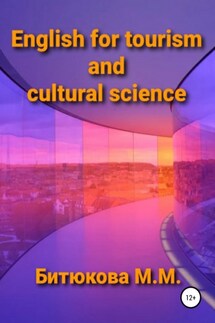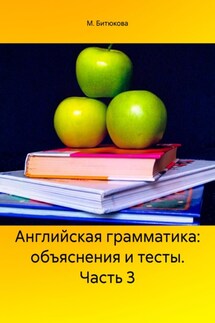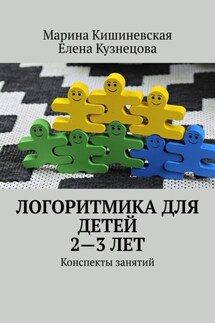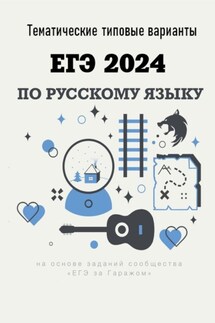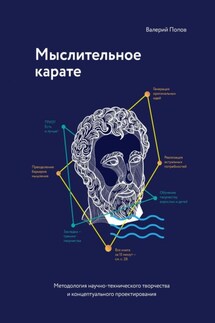English for tourism and cultural science - страница 6
7) This person used to be an … figure in Russian cultural and political life.
8) This museum has a fabulous collection of Russian porcelain, antique …, pottery and glass.
2. Match English words and combinations with the Russian equivalents.
3. Translate the following sentences into English using the words and combinations from Vocabulary.
1) Они были взволнованы великолепной панорамой города, которая открывалась со смотровой площадки (viewing point) в самом центре.
2) В этом музее можно найти информацию об одной из выдающихся персон в культурной жизни нашей страны.
3) Усадьба расположена в живописном окружении, рядом с прудом, в 16 км от города.
4) Фонтан на центральной площади города символизирует единство нескольких наций, которые когда-то входили в состав нашего государства.
5) Тур по памятным местам дает посетителям возможность увидеть самые незабываемые места города.
6) В прошлом месяце в музее изобразительных искусств выставляли напоказ редчайшие картины художников-импрессионистов и нам дали возможность увидеть эти прекрасные полотна.
7) Эта сокровищница древнерусской культуры и искусства была упомянута в летописях, которые хранятся в Историческом музее Москвы.
8) Во время экскурсии по городу мы познакомились с памятниками архитектуры и предложили друзьям посетить несколько музеев на их выбор.
Creative Tasks
Look at the information about the Richards family below and prepare an itinerary for a weekend break in Moscow for the whole family.
Mr. and Mrs. Richards and their two boys aged 13 and 15 are planning to spend a weekend in Moscow. They will arrive at the airport on Friday evening at 20.30 and leave at 21.45 on Sunday.
Mr. Richards is interested in the 16>th century history and painting. He prefers bus trips, but will tolerate walking on foot.
Mrs. Richards enjoys river trips and theatre performances and she is very fond of religion.
The boys find art and culture very boring. Their main interests are boats and sport. They enjoy walking on foot and breathing fresh air, especially in the evening.
Unit 2. Russia. Saint Petersburg
Historical Review
Saint Petersburg is a city and a federal subject of Russia located on the Neva River at the head of the Gulf of Finland on the Baltic Sea. The city’s other names were Petrograd (1914–1924) and Leningrad (1924–1991). It is often called just Peterburg and is informally known as Piter.
It was founded by Tsar Peter I of Russia on May 27, 1703. Unlike some cities, it was not created by a process of gradual graceful development but was forcibly constructed, stone by stone, under the force and direction of Peter the Great, for whose patron saint the city is named. World-class architects participated in the building of the city and today it remains an imperial city of golden spires and gilded domes, of pastel palaces and candlelit cathedrals. St. Petersburg is a fascinating place which dazzles the eye of a visitor with numerous architectural landmarks, museums, palaces, parks, wide avenues, spectacular bridges and stylish monuments. Born in the heart of an emperor, St. Petersburg is Russia’s adopted child. So unlike the Russian cities that came before it, St. Petersburg – with its strict geometric lines and perfectly-planned architecture – is almost too European to be Russian. And yet it is too Russian to be European.
The history of the city is closely connected with uprisings, assassinations of Tsars, power takeovers and several revolutions that influenced not only Russia but the whole world.
